Get to know North Melbourne like the back of your hand
North Melbourne remains an enigma to many investors – even experienced ones – because it is such a quilt work of current and former industrial land. But take time to understand its heritage and topology, and there is great opportunity there.
North Melbourne is one of the city’s oldest areas, built in the 1840s with the establishment of cattle yards. Humans didn’t move in on mass until the 1850s when the first subdivisions were carved around Arden Street. The population grew rapidly off the back of the gold rush, filling up both well-heeled and poorer precincts. By 1911 the population had reached 19,000 (compare that to the population of 12,000 today).
Slum-like conditions were common in several areas, and it was an issue that was progressively addressed by policy-makers over the 20th century through various slum-reclamation policies, including the development of a number of Housing Commission buildings.
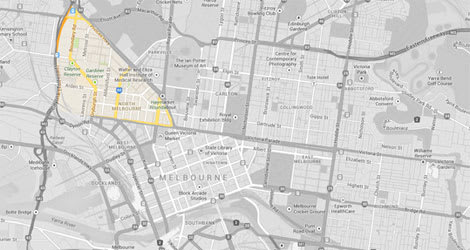
Source: Google
North Melbourne is effectively a triangle – a 2.5 square kilometre triangle bordered by City Link on its western side and Victoria Street on the southern side. Flemington Road forms the hypotenuse.
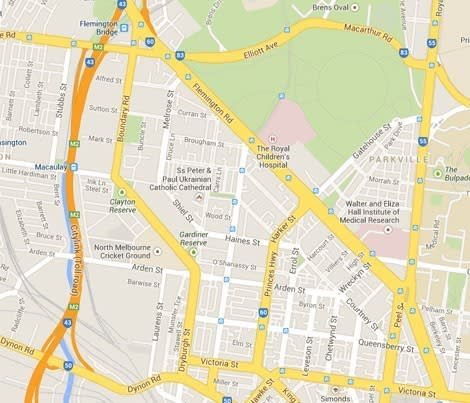
Source: Google
Whilst a drive-through visitor might discount North Melbourne as an industrial zone, there are some lovely residential streets. And if you can pick the pearls, it’s a fabulous location. It’s blessed with wide boulevards and only a two-and-half kilometre drive to Melbourne’s GPO.
Much of the suburb is well elevated and has great views to the south, back to the city. It is very commutable, with great train, tram and cycle links. Its proximity to the CBD makes it walking distance for many.
Residents are spoilt for retail, restaurant and entertainment choices. They buy their groceries from the Queen Victoria Market or the increasingly cool Errol Street shopping strip. It’s replete with quirky boutiques, cafes, and old-fashioned pubs, many of which have become fine restaurants. There is an atmosphere that manages to combine groovy, villagey and eclectic!
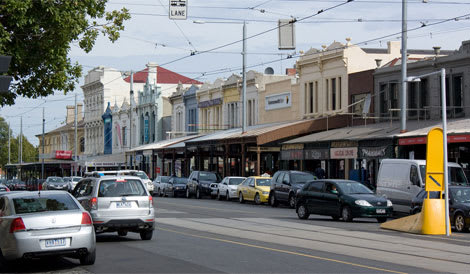
Errol Street, North Melbourne. Source: rexness/flickr.
The challenge for investors is finding the investment pearls, because the really good properties are tightly held. It’s also because the process of gentrification in North Melbourne remains a work-in-progress.
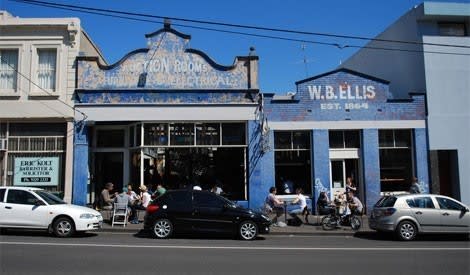
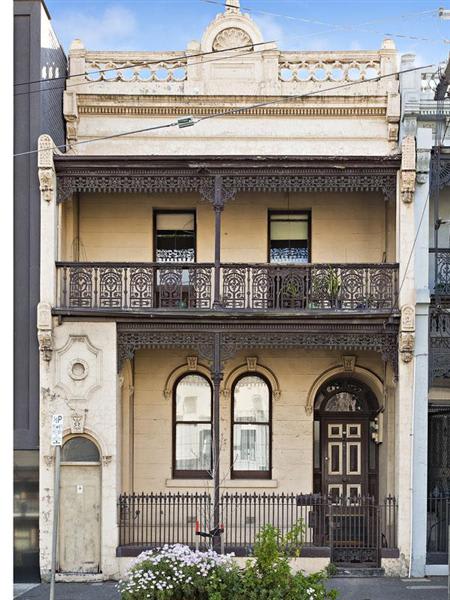
Auction Rooms café (left) and an example of terrace housing, North Melbourne. Source: flickr.
To some extent, investing in North Melbourne is a process of elimination. Avoid the borders because of the busy main roads. Keep clear of the western side of North Melbourne due to the more intensive light industrial uses and proximity to the rail yards. Properties on streets that include high rise commission dlats also tend not to perform well.
What I do like is around the north east section of North Melbourne. It has retained a number of very consistent streetscapes of Victorian and Edwardian houses. But note that there is a limited stock of quality one and two bedroom apartments.
I consider North Melbourne undervalued. I don’t mean cheap, because you’ll need $800,000-plus to purchase an investment-grade heritage cottage there. But I anticipate further uplift in values as the suburb’s continuing evolution from industrial landscape to gentrified inner suburban snug becomes more apparent to the wider market.
Monique Sasson Wakelin is the founder of Wakelin Property Advisory, an independent firm specialising in acquiring residential property for investors.
You can contact Monique on Twitter.
